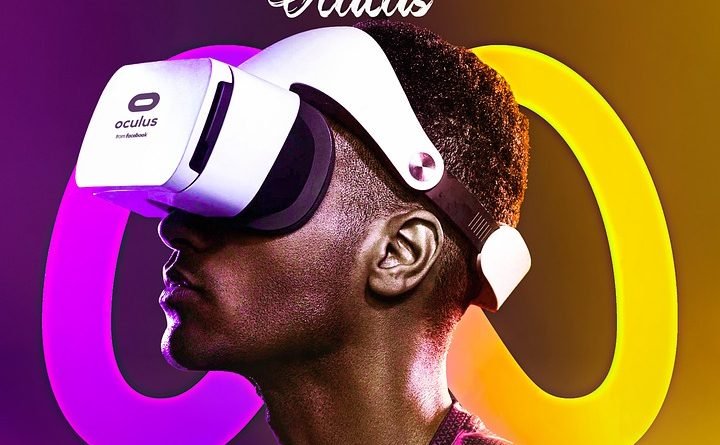Breaking Barriers with VR: How Virtual Reality is Shaping the Future of Communication
Virtual reality (VR) has emerged as a powerful tool that is breaking barriers and shaping the future of communication in a myriad of ways. By providing immersive, interactive experiences that allow users to explore and interact within virtual environments, VR technology is revolutionizing the way we connect with one another, communicate information, and experience new perspectives. From business meetings to education, healthcare, and entertainment, the potential applications of VR are virtually limitless.
One of the most transformative aspects of VR technology is its ability to transcend geographical boundaries and bring people together in virtual spaces. With VR, individuals can participate in meetings, events, and collaborations regardless of where they are physically located. This has immense implications for remote work and telecommuting, as employees can now engage in face-to-face interactions and collaborate on projects in a virtual environment.
In the field of education, VR is revolutionizing the way students learn and interact with educational material. By immersing students in realistic, interactive simulations and virtual worlds, educators can enhance learning experiences, engage students in new and exciting ways, and provide hands-on training in a variety of subjects. From exploring historical landmarks to dissecting virtual cadavers, the possibilities for educational VR experiences are limitless.
In healthcare, VR technology is being used to train medical professionals, simulate surgical procedures, and provide therapeutic interventions for patients. Virtual reality can help healthcare providers enhance their skills, improve patient outcomes, and reduce the risk associated with certain medical procedures. For patients, VR can provide a form of distraction therapy, pain management, and relaxation techniques that can complement traditional forms of treatment.
In entertainment, VR is revolutionizing the way we experience media and entertainment content. From immersive virtual concerts to interactive storytelling experiences, VR is opening up new possibilities for creative expression and audience engagement. By allowing users to step into the worlds of their favorite movies, games, and artists, VR is blurring the line between reality and fantasy in unprecedented ways.
Ultimately, virtual reality is reshaping the future of communication by providing new ways for us to connect, collaborate, and experience the world around us. As VR technology continues to evolve and become more accessible, the possibilities for using VR to break down barriers and create meaningful connections are only limited by our imagination. Whether it’s bringing people together in virtual spaces, transforming the way we learn and work, or revolutionizing the entertainment industry, virtual reality is proving to be a powerful tool that is shaping the future of communication in profound ways.
